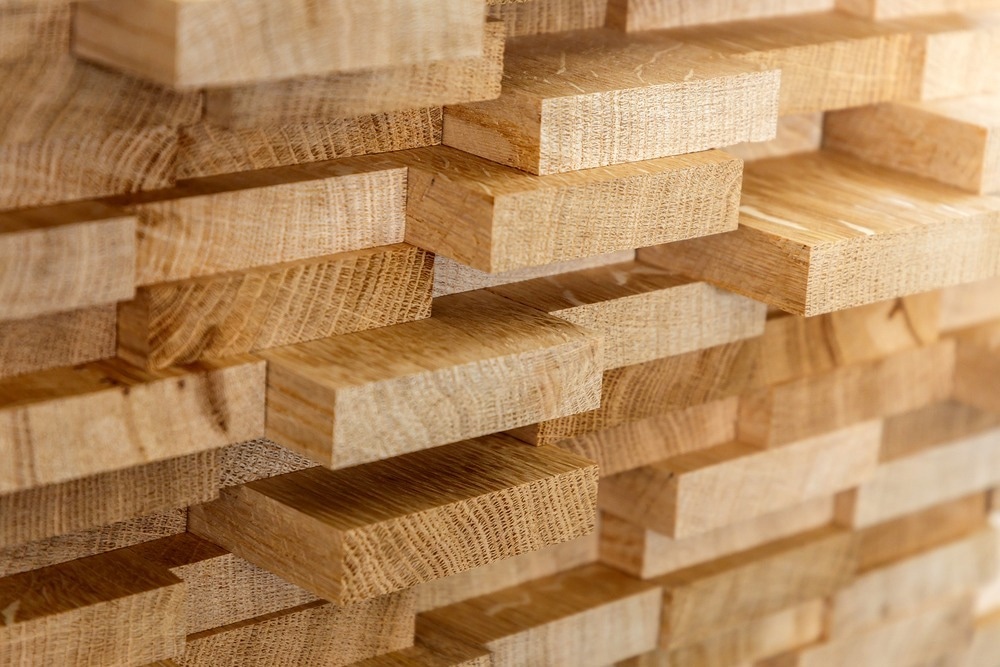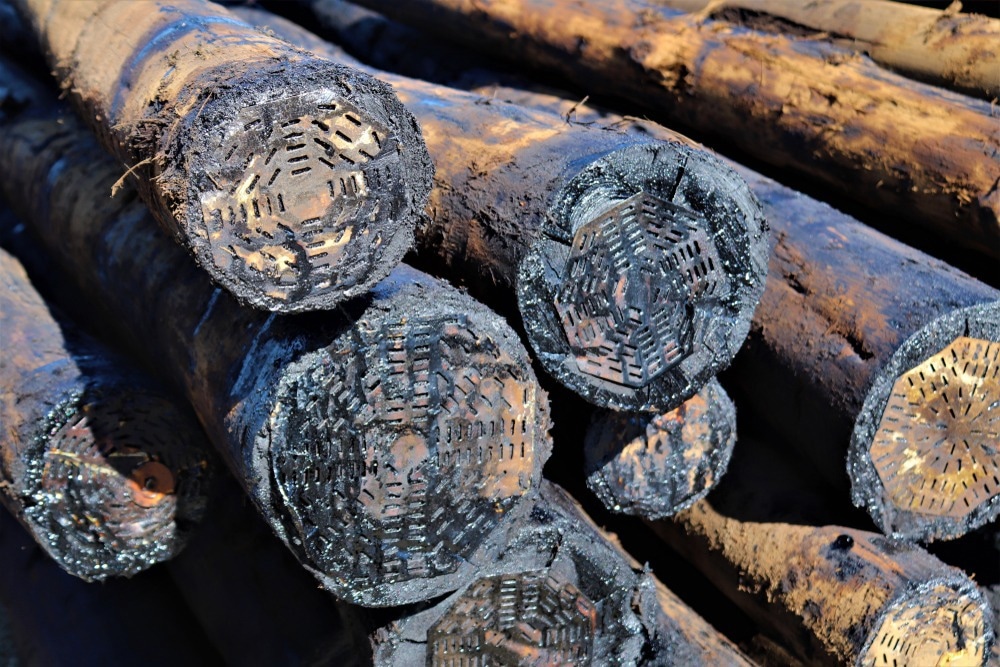Creosote is a highly effective wood treatment product with a long usage history. However, its impact on the environment and human health has led to limitations on its use in recent decades.

Image Credit: ShutterStock/Yevhenii Chulovskyi
The latest legislation comes into play this year regarding creosote use. The sale of creosote-treated fencing products for agricultural or equine purposes will be deemed illegal.
Creosote, derived from wood or coal tar, serves as a potent timber preservative. It offers protection against fungi and pests, effectively prolonging the life of wooden products by decades. Consequently, it has been extensively used for utility poles, railway sleepers, fence panels, and various other outdoor timber applications.
Creosote, however, contains bi- and poly-aromatic hydrocarbons (PAHs), including substances like benzo(a)pyrene, which is classified as a group 1 carcinogen. Additionally, creosote holds a classification as highly toxic. This toxicity leads to soil and water contamination, which is then absorbed by plants and animals.
The 2023 Creosote Ban
Legislation has progressively limited creosote use since the turn of the century. For instance, in the EU, using creosote for treating household wood, such as fence panels, has been prohibited since 2003. In 2013, further controls were introduced, requiring specific authorization for selling creosote in the EU market.

Image Credit: ShutterStock/speedshutter Photography
Starting April 30th, 2023, the ban on selling creosote-treated products for agricultural or equine use will be enforced. Moreover, February 28th, 2023, marked the final deadline for individuals and businesses involved in treating wood for agricultural or equine applications.
The only approved uses for creosote-treated wood will be limited to railway sleepers and utility poles.
Alternatives to Creosote?
As creosote is so harmful yet so effective as a preservative, legislation has tended to only be introduced once viable alternatives are available (hence why utility poles and railway sleepers are currently exempt from the ban).
With the ultimate blanket ban almost inevitable, wood treatment manufacturers have been working on alternatives for years, and many such products are now available.
Various alternative methods for preserving wood have been thoroughly explored. These include heat- and pressure-based treatments aimed at altering wood properties at a fundamental level, as well as methods involving the application of a physical barrier to the wood.
When it comes to safeguarding fence panels and posts exposed to pests, fungi, and extreme environmental conditions, a liquid preservative that mimics creosote's effects is the most effective solution.
For example, copper treatments utilizing hot oil have proven highly effective against fungi and insects and have gained authorization for various industrial applications. These products are easily absorbed by wood and exhibit good water-repellency qualities.
Where Does Analysis Come in?
Throughout the wood treatment process, analysis plays a crucial role in several areas:
- Identifying the precise chemical composition of wood-treatment chemicals during manufacturing and before application
- Ensuring that treated wood achieves sufficient surface coverage and penetration of the preservative product
- Determining the presence and type of wood treatment applied to end-of-life timber products to facilitate proper disposal according to local legislative guidelines
These analyses require a detailed breakdown of the chemical composition of both liquids and solids. XRF (X-Ray fluorescence) technology serves as the ideal method to provide reliable and accurate results.
XRF Analysis for Wood Treatment Applications
XRF analysis is a reliable and effective method of verifying the composition of wood treatment products and treated timber for quality control or legislative purposes. XRF offers many advantages over other analysis techniques due to the following reasons:
- It is a non-destructive method suitable for pre-shipment inspection without causing any harm
- It accommodates the analysis of solids, liquids, powders, and pastes
- It demands minimal if any, sample preparation and eliminates the use of hazardous chemicals
- The testing process is swift, producing comprehensible results within seconds
- If the equipment is well-maintained and calibrated, it ensures accuracy and precision over the long term
Options include renting XRF equipment, purchasing an analyzer, or utilizing a third-party testing house specializing in XRF analysis.
For small sample sizes, a benchtop analyzer works well. Many models can analyze multiple samples simultaneously, enabling a user to simply set up the analyzer, load the samples, and let the machine do the rest. This setup is suitable for manufacturing scenarios where quality control of a significant volume of wood-treatment liquid is necessary.
However, if large structures or end-of-life timber products need to be analyzed, a portable handheld XRF analyzer is the preferable instrument of choice. Many are just as accurate as the benchtop models and allow for rapid testing and sorting of wood that needs to be disposed of correctly.

This information has been sourced, reviewed and adapted from materials provided by Hitachi High-Tech Analytical Science.
For more information on this source, please visit Hitachi High-Tech Analytical Science.